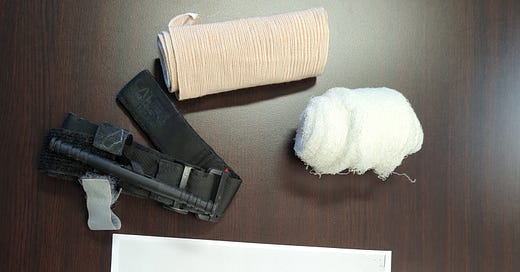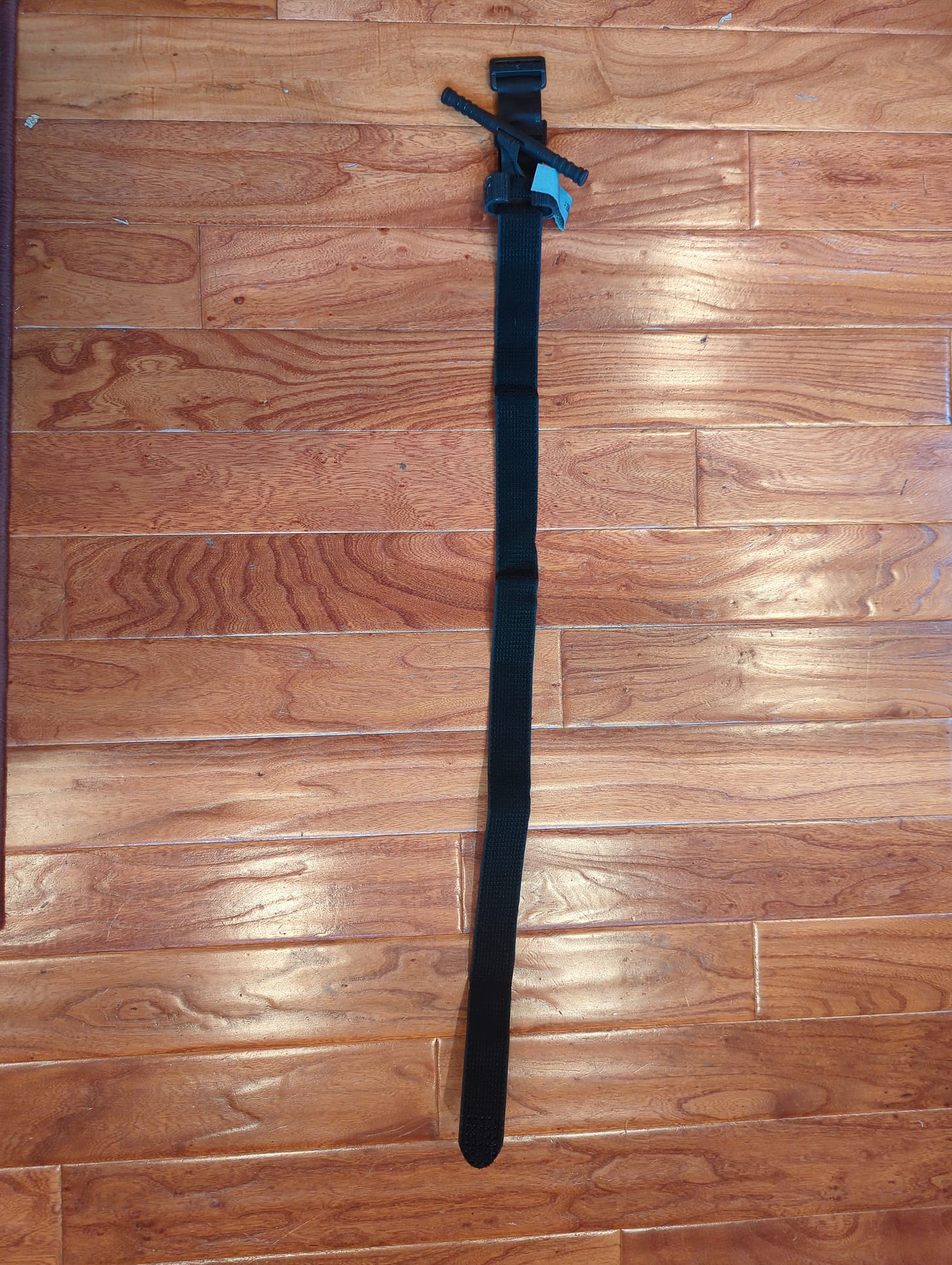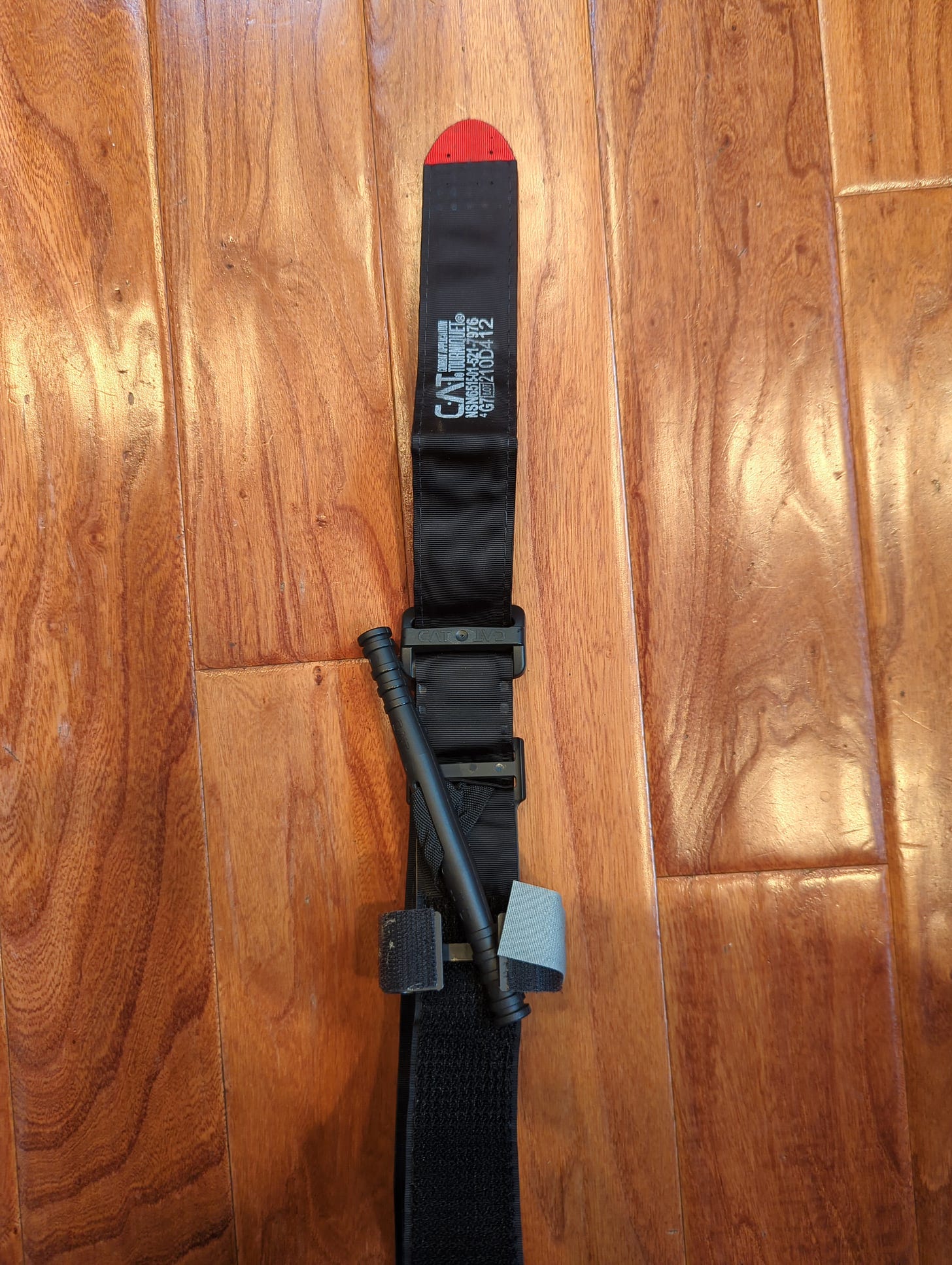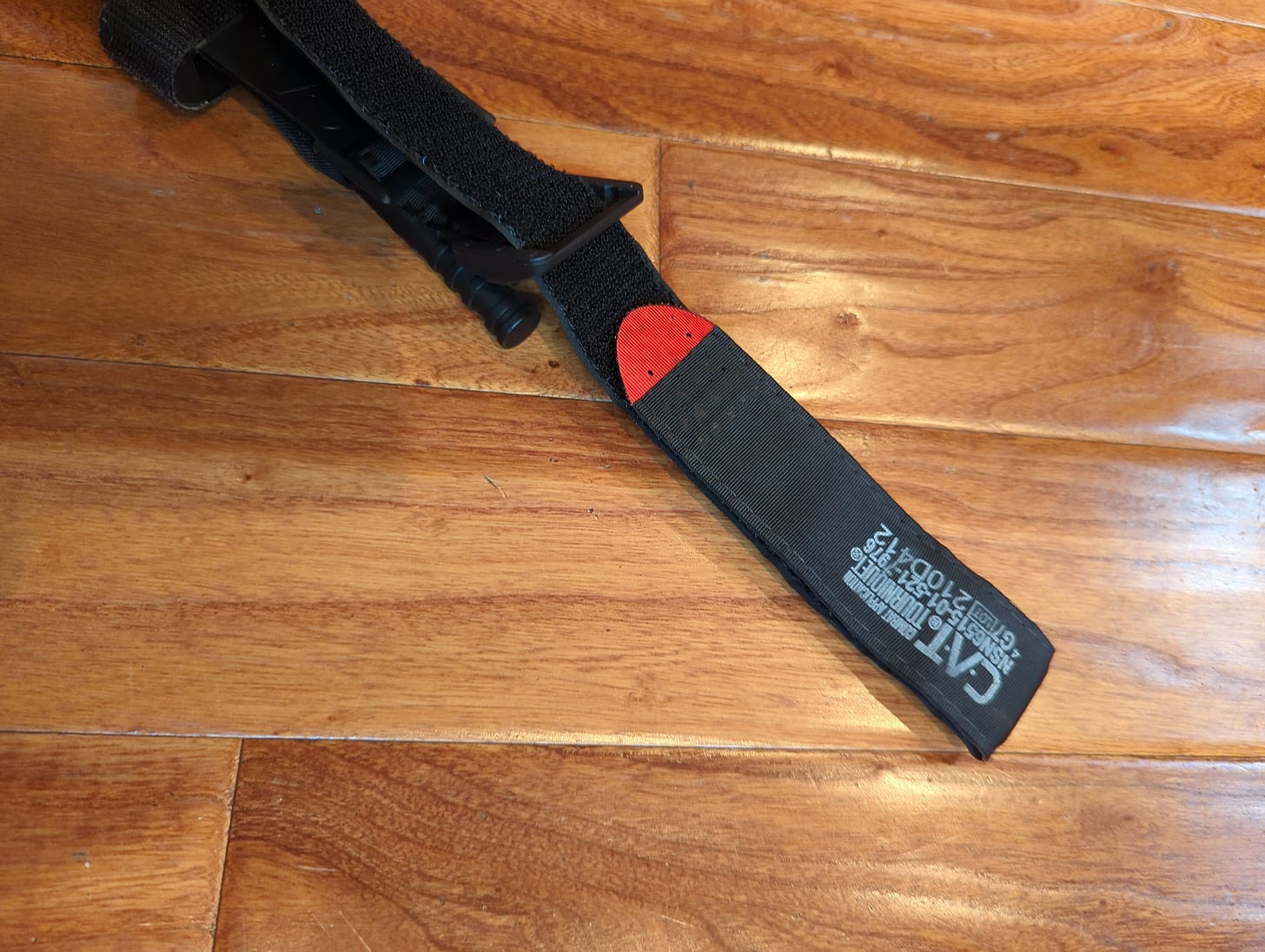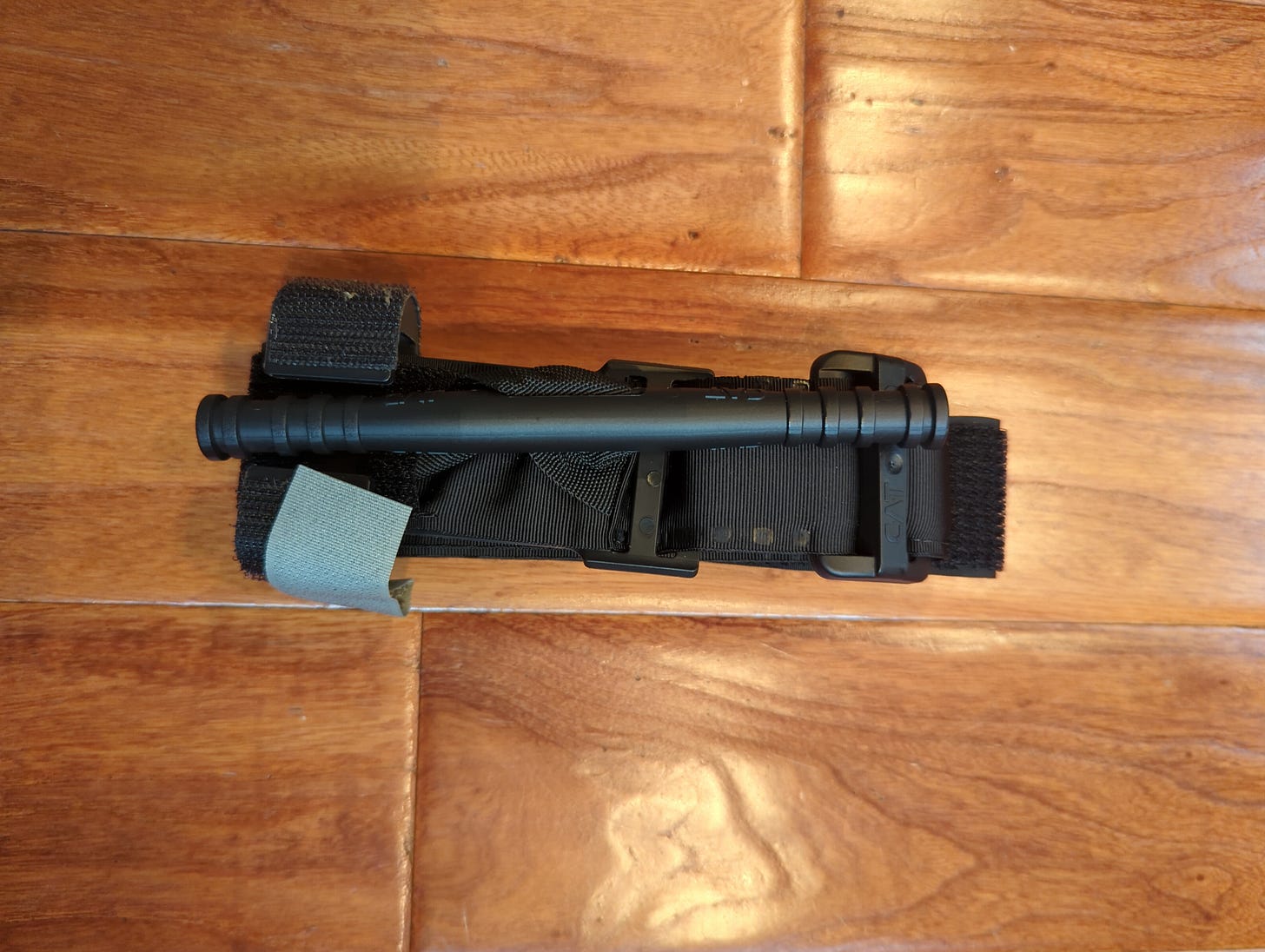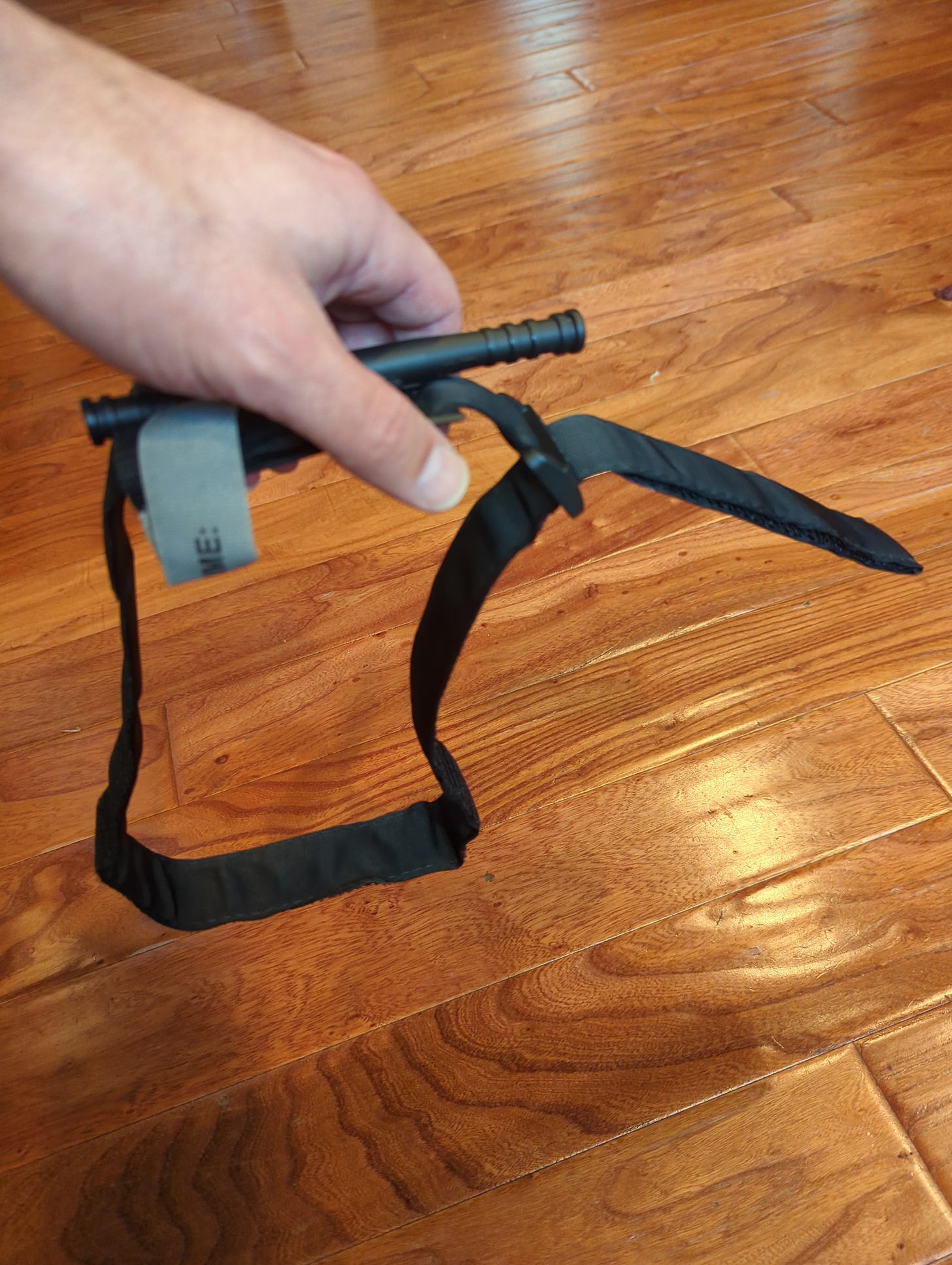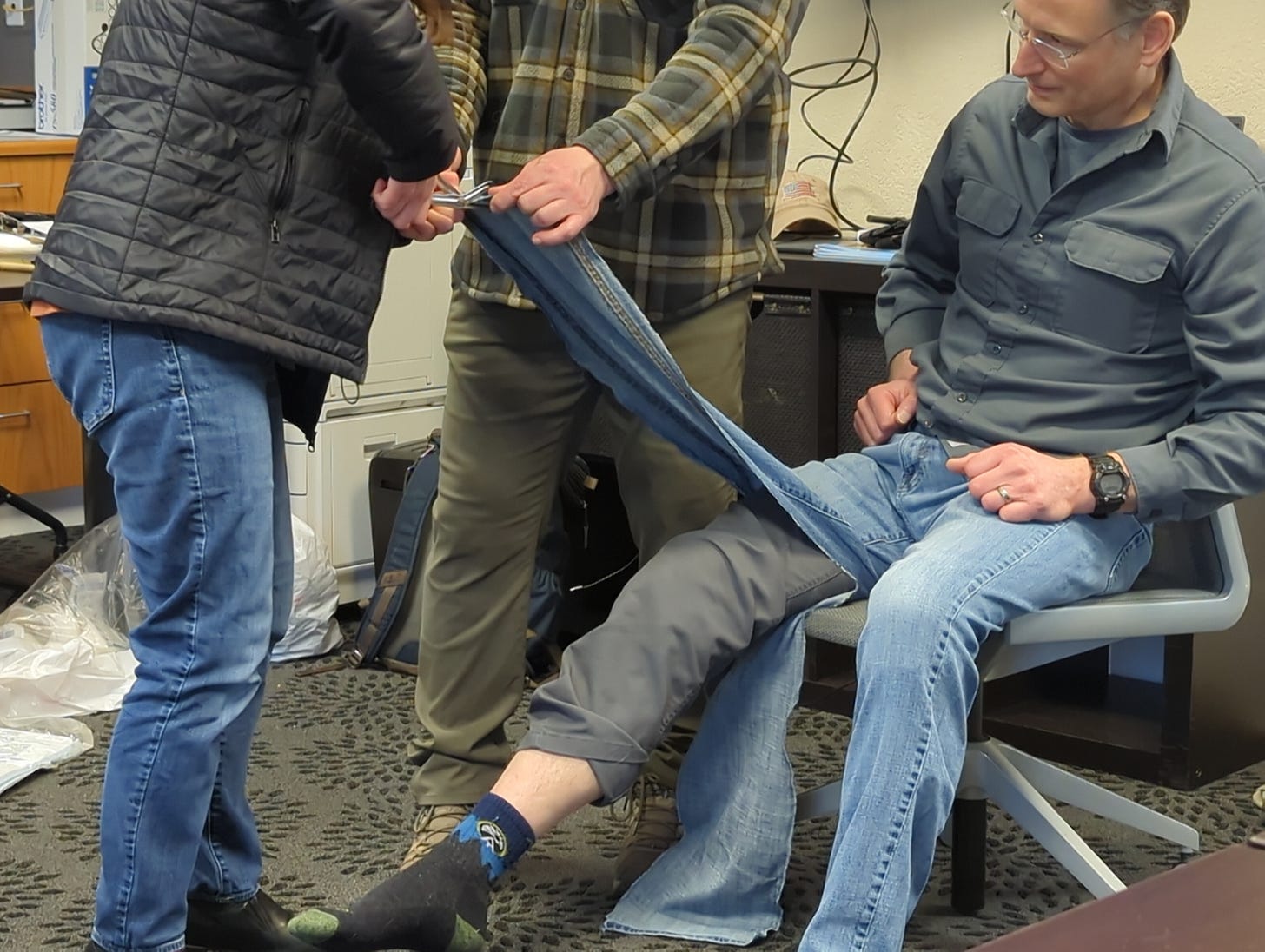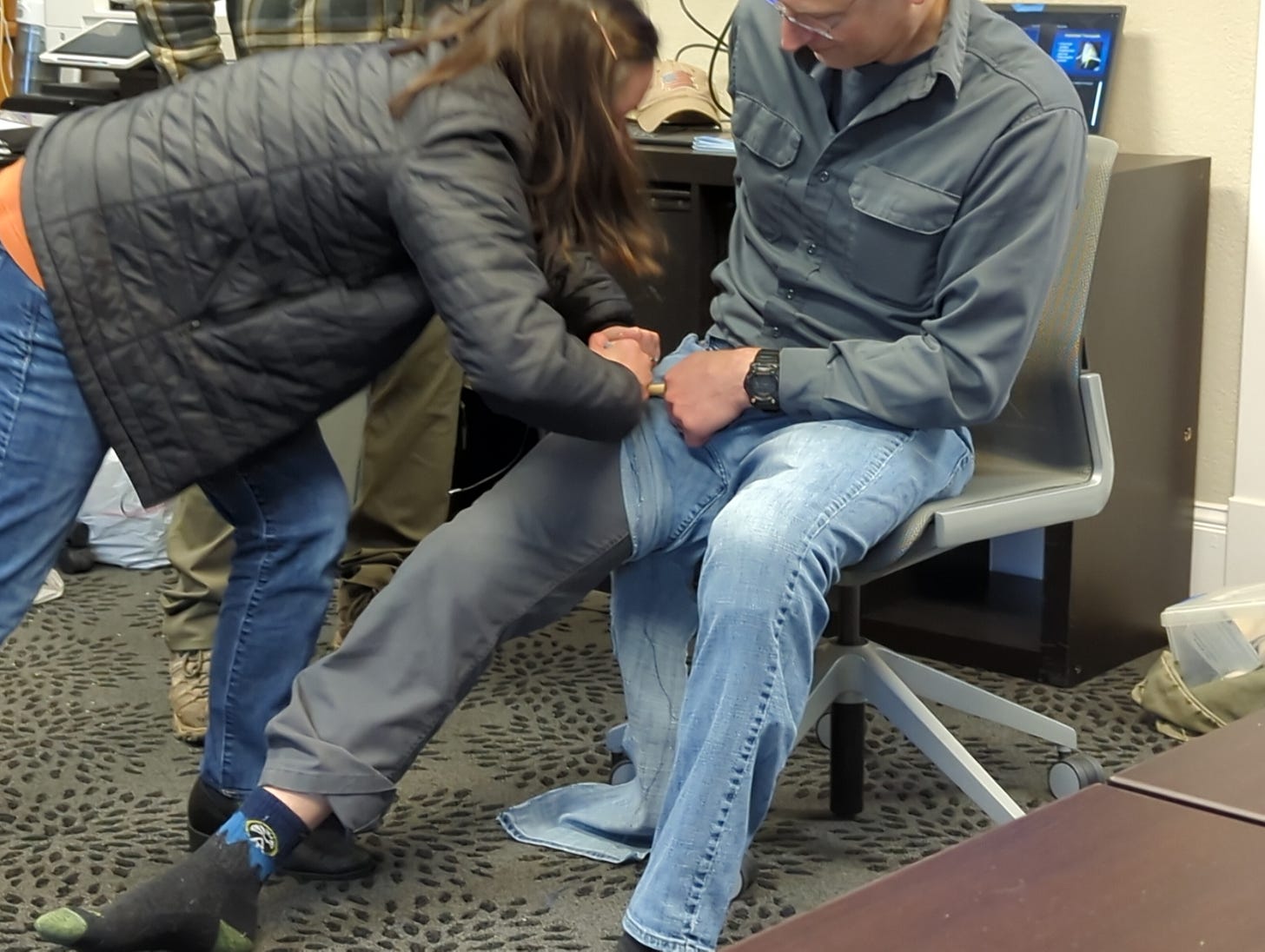TCCC/TECC Class
Medical is what I consider to be my weakest skill set. If I’m being honest I’ve never really liked the subject. The principals always seemed shrouded in a fog of “do this, unless you don’t” and it seemed like every “stop the bleed” class was a power point presentation that was easy to forget covering a subject that was nearly impossible to actually practice. So I’ve never felt that it’s a skill set that I actually had. That only changed when I first got some quality training on the subject, and that’s why I try invest in professional training every year with Full Spectrum.
Full Spectrum Training offers the best class I have ever taken on the subject. I first took their class 2 years ago and was astounded by both the depth of information provided and the barrage of repetition, which gave me a huge boost in confidence on the subject. You will TQ yourself, TQ others, TQ others while they are TQ'ing you, do it blindfolded, pack wounds, necks, armpits, do junctional TQ's on the hips using helmets and water bottles, and improvise TQ's from pants and other items. These skills are perishable, but I leave feeling that I know what and how to practice now. I’ve been to a couple multigun matches recently that have incorporated some element of care under fire by requiring you to shoot your way to a dummy and then apply a tourniquet. I applaud the efforts to build these skills into the shooting sports but there’s just no substitute for an annual refresher from an experienced professional instructor.
Class began with an introduction to the tourniquet and how to set it up for use. Though I won't attempt to recreate the whole class in a post I will demonstrate this part since so many people get this wrong and it could save your life!
First make sure its a gen 7 CAT and not a cheap knock off from sham-a-zon, then get it out of the plastic! Loosen the windlass, un-velcro anything that isn’t yet, and stretch it out completely. Now pull the buckle with one hand and the rounded tip with another, you should feel it slip a little inside.
Now feed the tip up through the buckle so that the Velcro side is on the outside of the loop. Also stow the windlass in the keeper and set up the “time strip” white Velcro so that its offset a little, that helps a lot if you are stressed!
Now pull the strap through the buckle so that you have 8 or 9 inches and fold it over on itself to form a bight.
Fold the bight down behind the buckle and the rest of the strap up behind the bight.
Now you have a TQ that will just fall open when you pick it up or pull it out of it’s pouch. This is as fast as it gets, with a loop open and ready, then you just have to mess with Velcro for a routed application such as with entrapment of the limb.
From there we proceeded through MARCH, what to TQ and what not to, why TQ's fail, when and where to use 2nd TQ's, hasty vs deliberate, and other brands of TQ. (Forget the others, standardize on the gen 7 CAT).
We covered conversion of a TQ to a pressure dressing, and improvised TQ's using everything from kravats to pants!
After covering junctional wounds, junctional TQ's and practicing packing of junctions on the neck and armpit we were finally near the end of the M in MARCH.
Though this took up about 4 of the 8 hours by itself, we then proceeded through the A: airway, recovery position and NPA's, R: respiration, chest seals and flail lung, C: circulation, small wounds and everything else, and H: hypothermia over the next 2 hours.
We covered litters and practiced patient movement techniques as well as talked about situational awareness and safety.
Following that, we launched into what might have been the most impactful portion to me. A volunteer was marked with pieces of tape representing injuries, then we as a class had to assess them using MARCH and then treat the injuries in the appropriate way and order. The instructor was devious, and intentionally left obvious issues to treat that would draw the classes attention away from other more concealed life threatening injuries which required a complete assessment to find.
This really brought everything together into one complete picture for me, and left a strong impression that I could, if I had to, use these tools to provide every opportunity for an injured person to survive long enough to receive a higher level of care.
A few words on gear.
Less is more folks. A tourniquet readily accessible on your person plus a kit containing a 2nd TQ, gauze, elastic bandage, Hyfin vent chest seals, gloves and a small amount of tape is a more than adequate baseline. The knowledge to practice with and effectively use these items far outweighs having more stuff, yet it weighs nothing and takes up no space.
The second thing is to buy good quality gear and separate gear to practice with. Good stuff can be found on Amazon, but so can a lot of knock offs and junk. Make it easy on yourself and just go to North American Rescue.
https://www.narescue.com/
Everything they sell is kit worth having. Just keep in mind the first point that more knowledge is better than more stuff!
Following this course my action items are:
- Add a real TQ to my EDC kit in addition to the kravat I always carry.
- Increase my household readiness by adding a bag with several TQ's and “bleeder kits” (kerlix gauze, ace wrap, chest seals and gloves) that’s stored in the same place as home defense weapons.
- Create a dedicated training kit, and teach these skills to family as well as work practice into other training.
What is your personnel readiness to deal with a life threatening emergency? What are you practicing on a regular basis? What are you seeking to do to improve your capabilities? Let us know in the comments!

